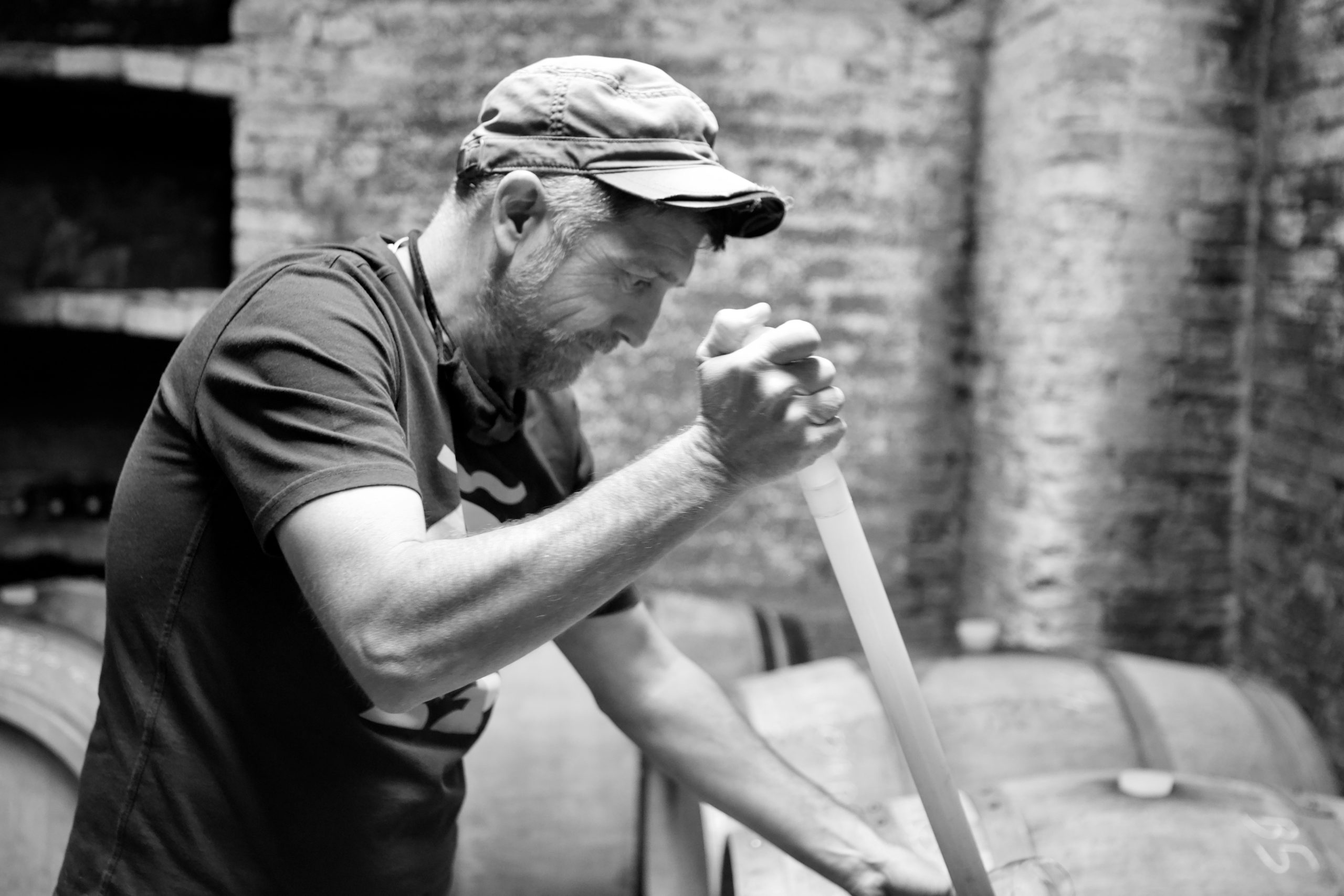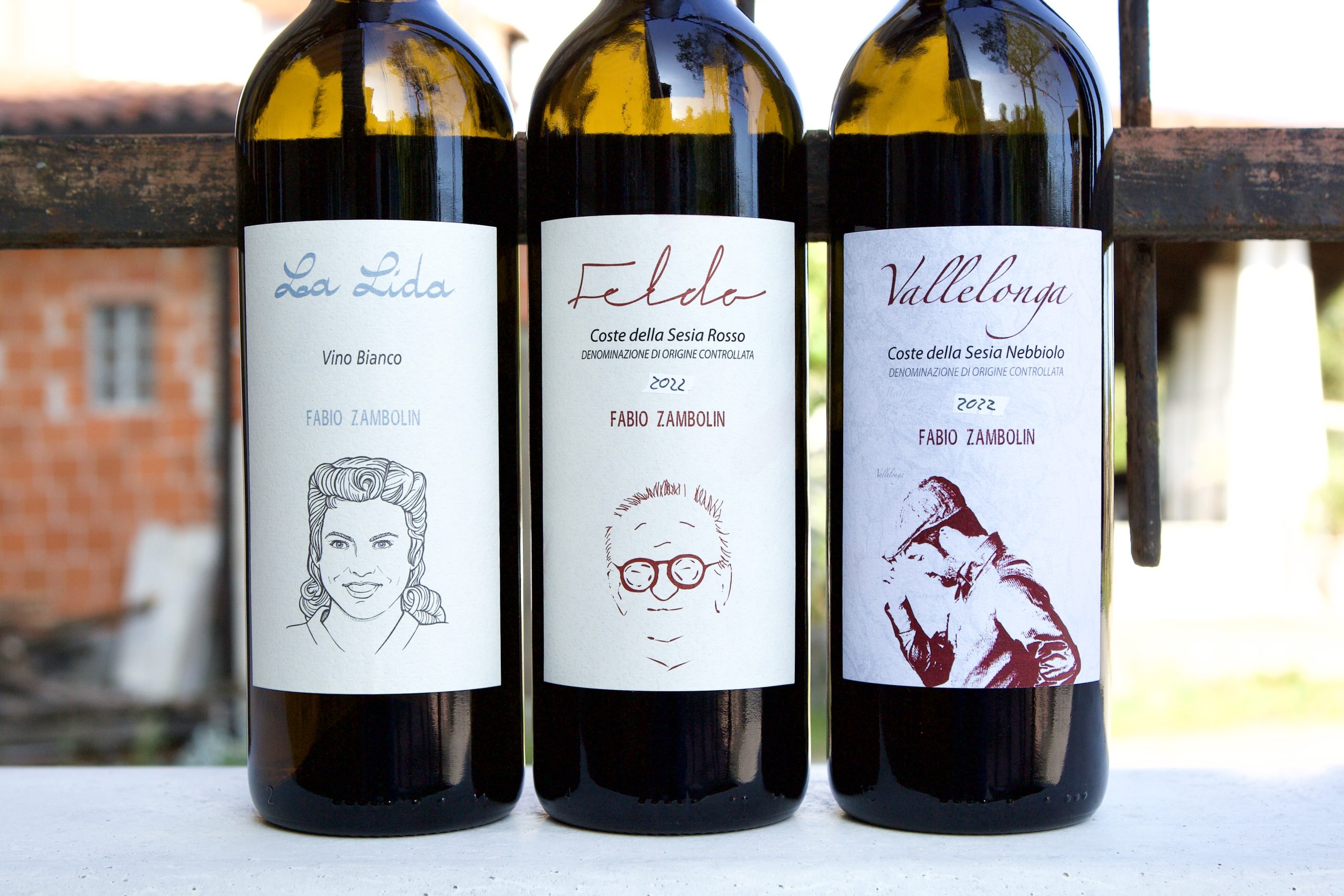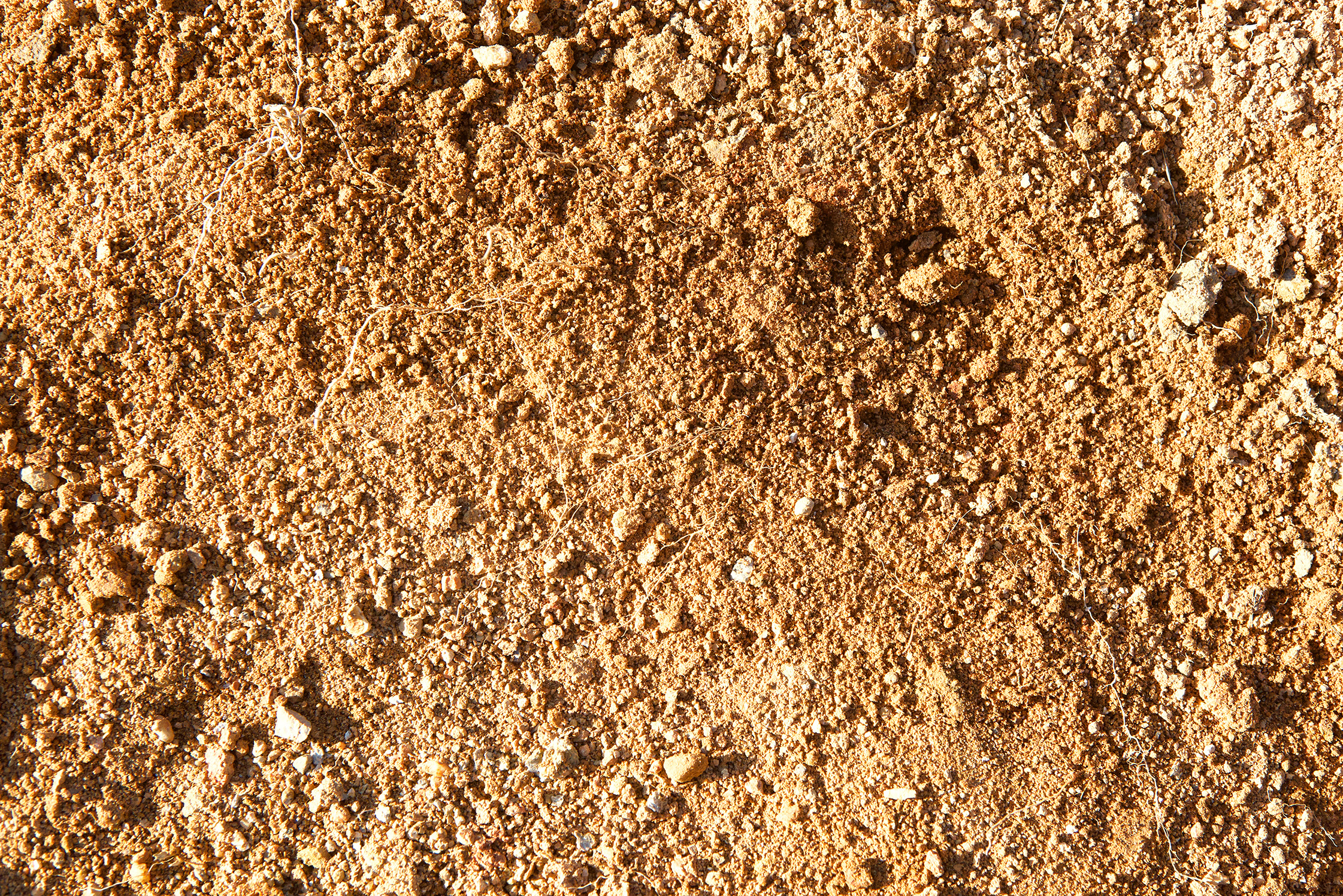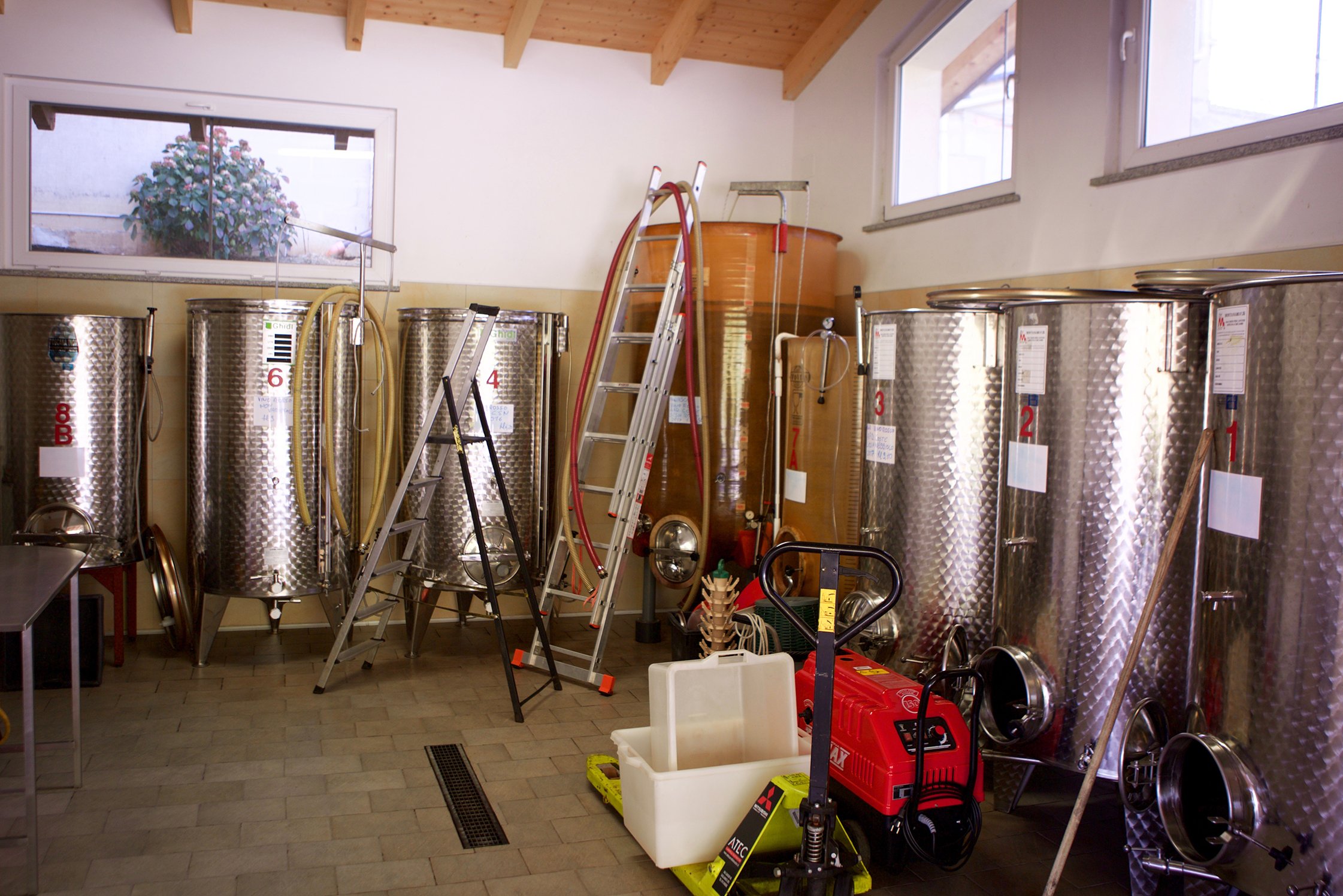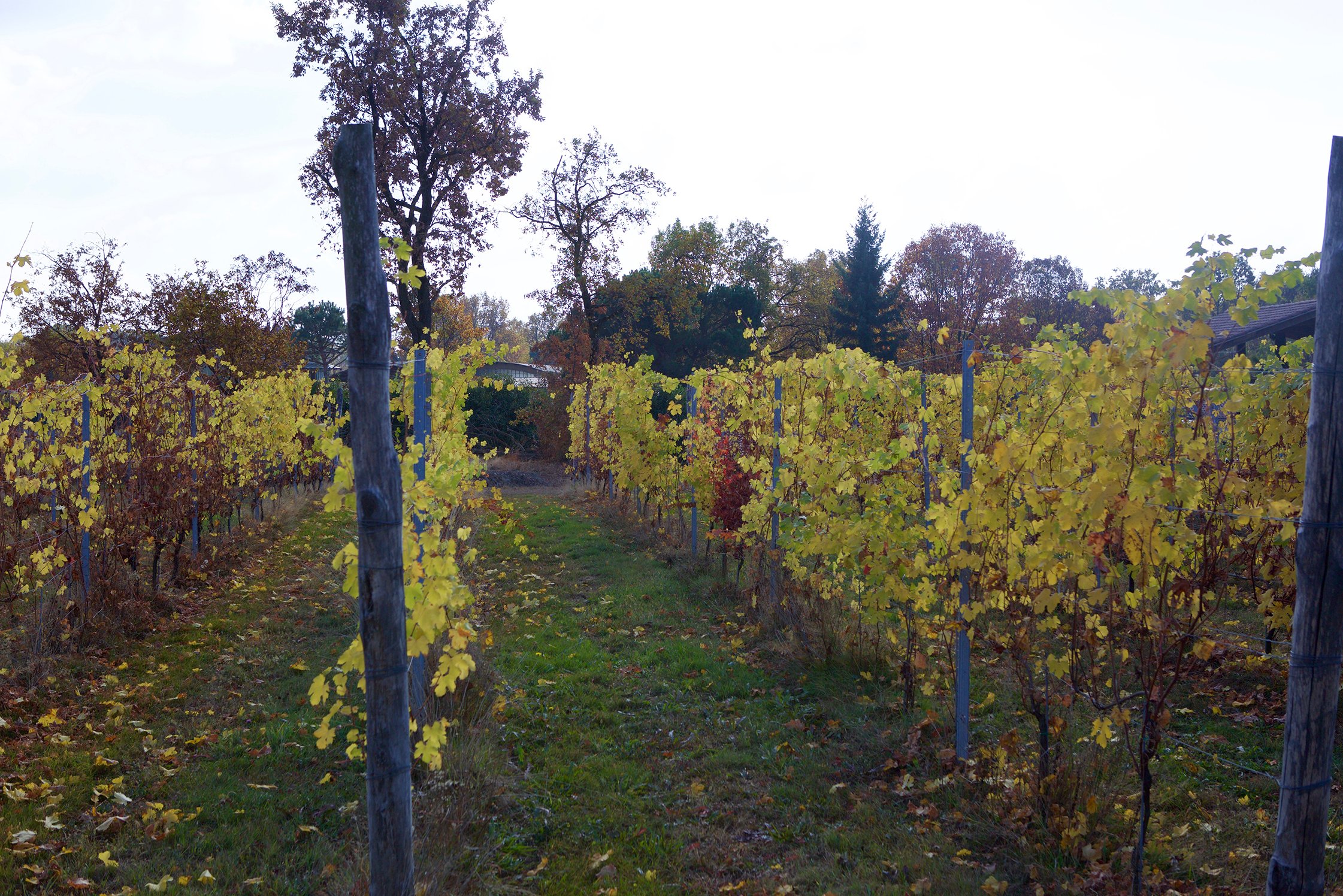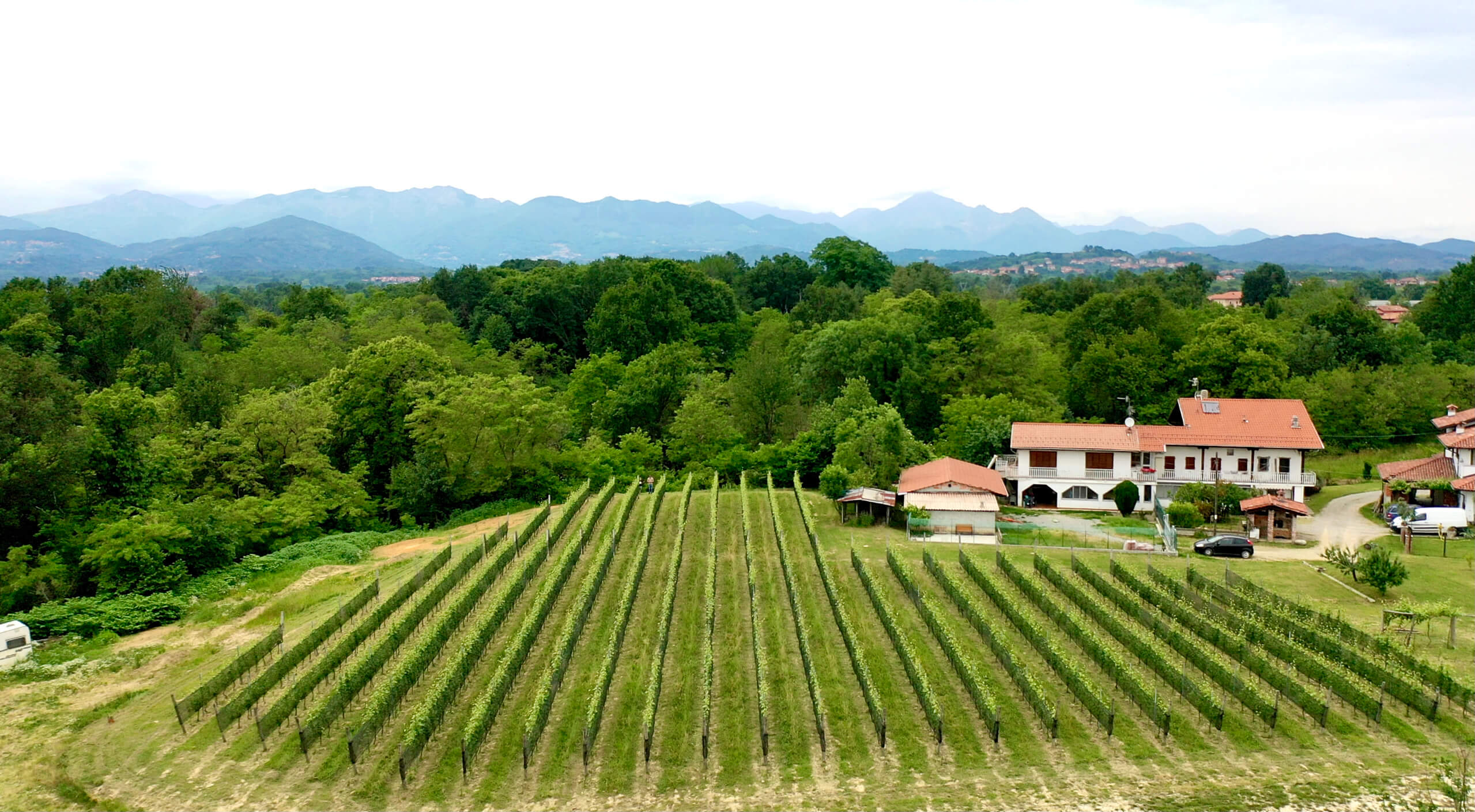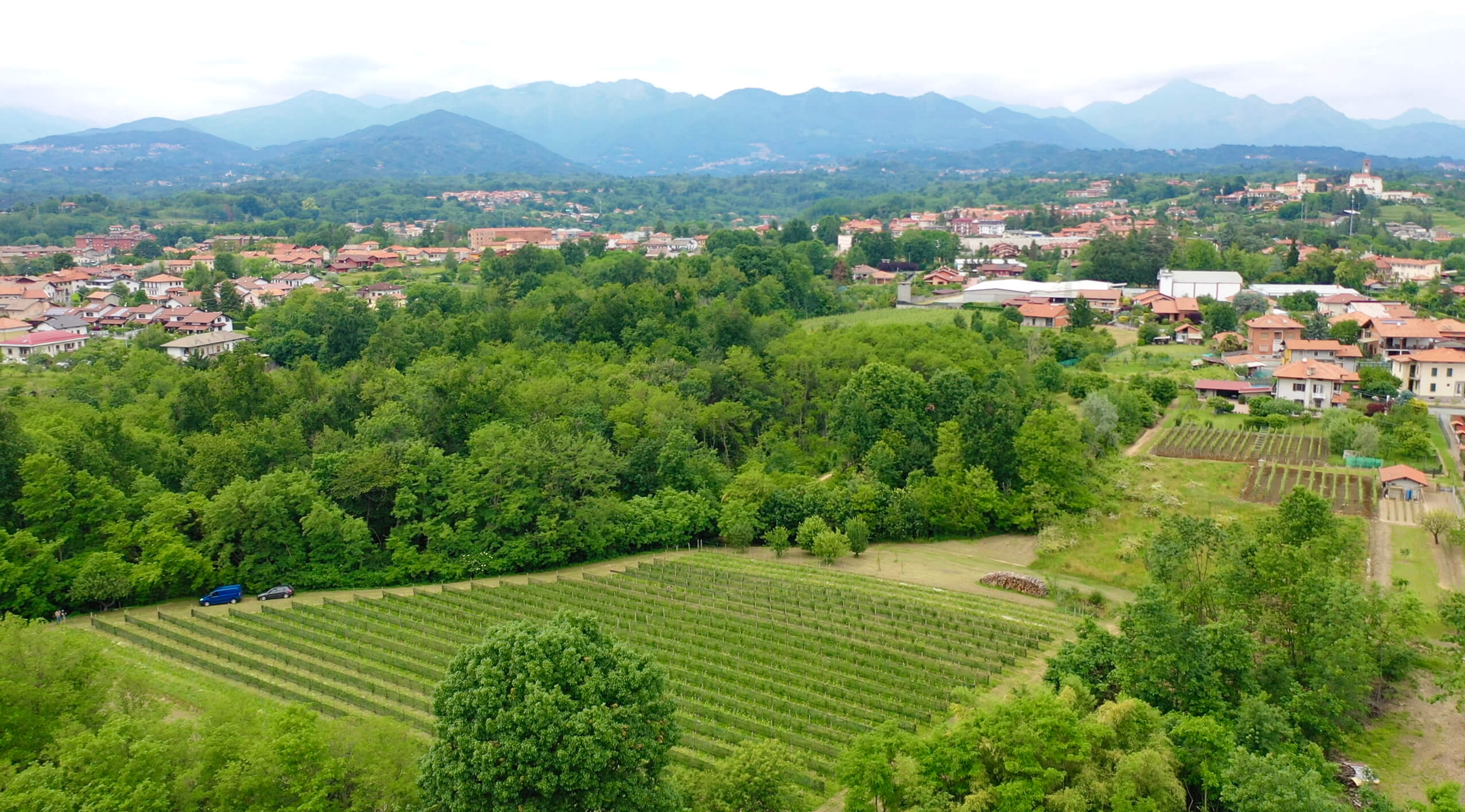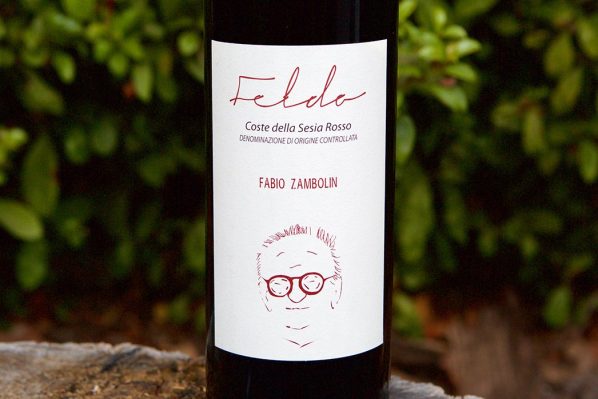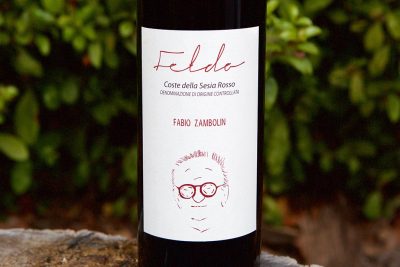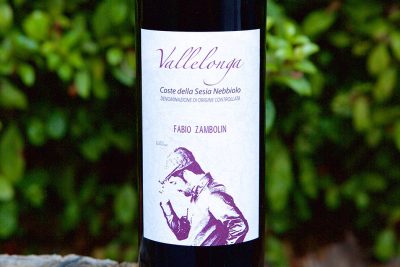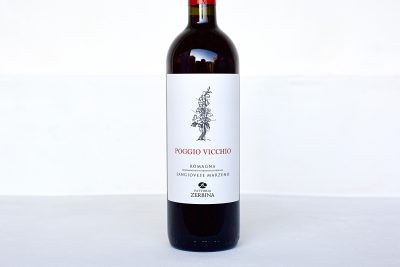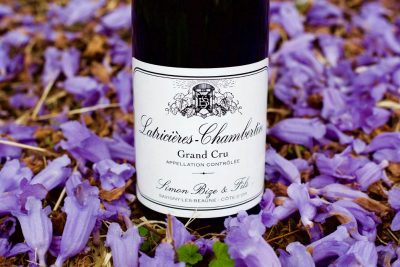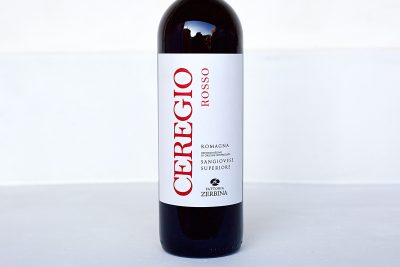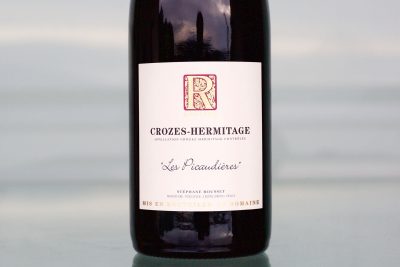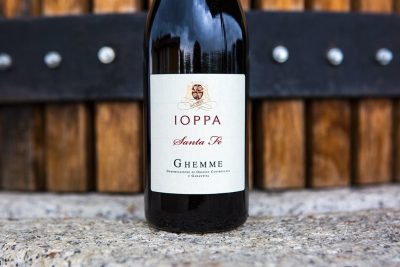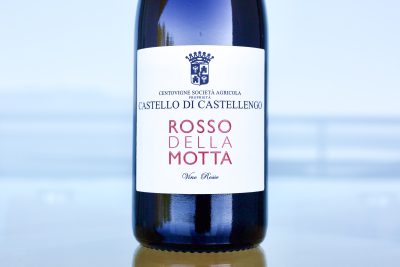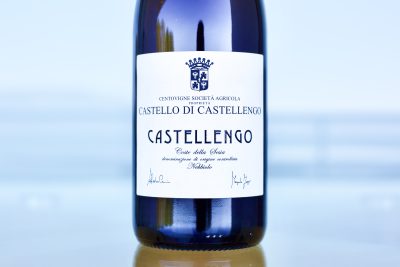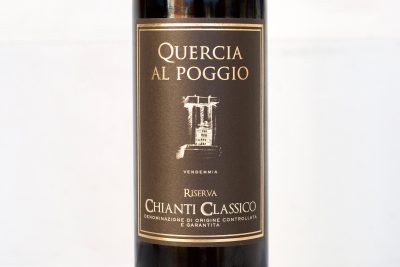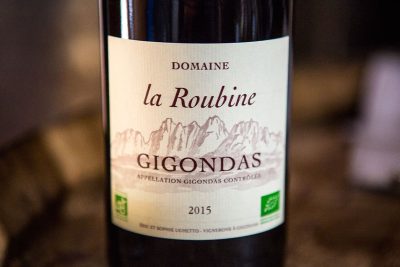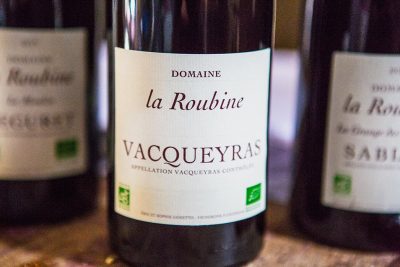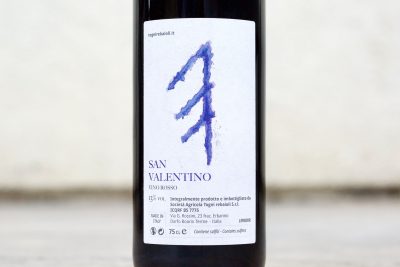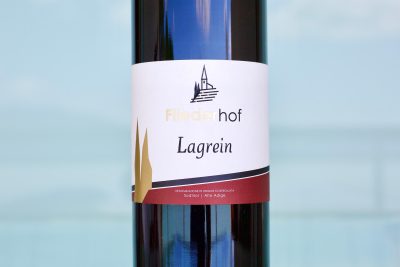About The Wine
Named after Fabio’s mild-mannered grandfather, Feldo is a blend of ancient Piemontese red grapes and is the ultimate party wine for an Italian feast. It has gobs of festive aromas and flavors (at least compared to other wines in an area known for often producing more solemn, strict wines in their youth), with not a single dash of pretension—it’s well-made Northern Italian glou glou. Its rustic, playful flavors evoke those of an ancient Italian culture and are perfect for full-flavored food, like cured ham, braised meat, pasta, and pizza. There’s a lot of seriousness tucked in there too—no surprise considering the perfectionism with which these guys organically farm their vineyards and work in the cellar. It’s a blend of 70-year-old vines on a single acre called La Vignetta, and is a mix of 50% Nebbiolo (the serious and noble side), 25% Croatina (the rustic and jovial barbarian) and 25% Vespolina (one of Nebbiolo’s rough around the edges parents that brings even more expanse and aroma to the wine). As I’m now entering my twenty-fifth year of obsession with wine (noted in 2020), I am much more open to blended grapes than I used to be—too bad it took so long! Perhaps it’s just a phase, but when considering the effects of a terroir (the bedrock, soil, climate, etc.) the grapes just don’t seem as important to me in some areas as they used to be. I’ve come to understand that in ancient terroirs, intuitive caretakers chose the grapes that best express their regional characteristic traits, not the other way around.
La Vignetta, the vineyard for Feldo, is composed of sandy soil with about 25% clay and limestone (the latter being an unusual geological formation in these parts, and more akin to soils further south in Piedmont’s Langhe wine region). This soil combination contributes lift to the aroma (the sand) and suppleness and breadth to the palate (the clay and limestone). Once the cork is popped it’s no wonder that these guys love making and drinking this wine.
All the grapes are thrown into the fermentation vat together for more than three weeks, then pressed and raised in old 225-liter barrels for a year. Another reason that this wine may be so enjoyable the moment it’s open is that Fabio uses sulfites sparingly (only administered at bottling and with 30ppm in total—considered within the threshold of “natural wines”), allowing the wine to immediately express itself.


